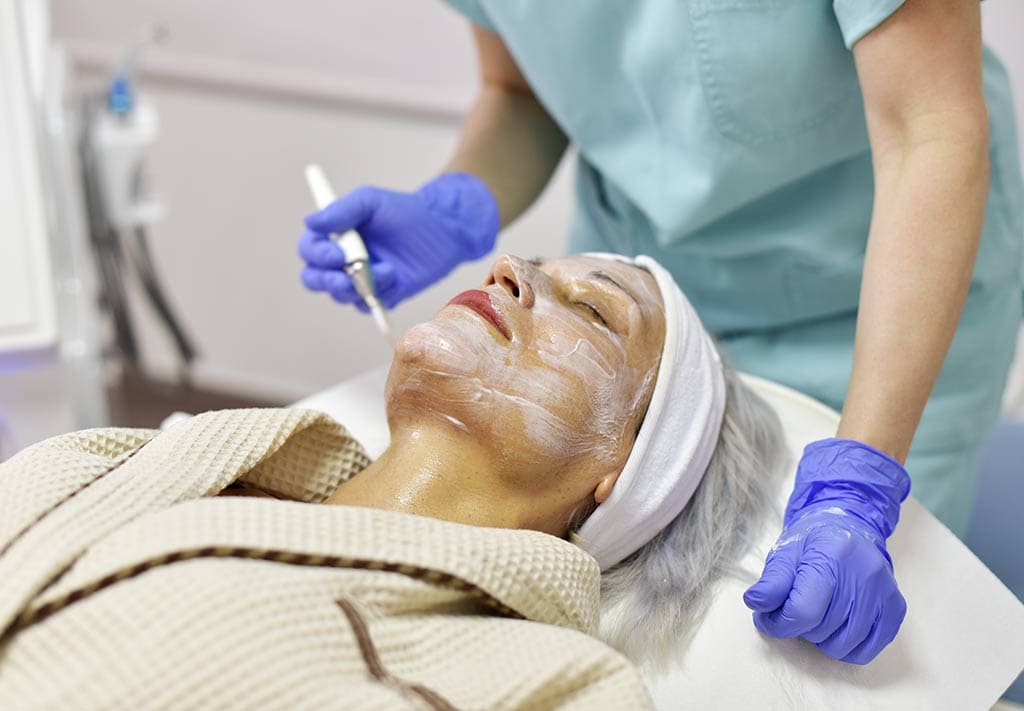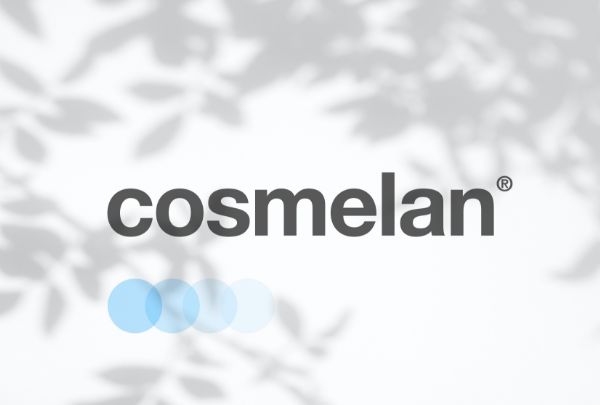Lactic Acid Peel
Lactic acid peels are alpha hydroxy acids (AHA). Derived from milk, they are very mild chemical peels with little to no downtime. Because lactic acid is a natural human metabolite, there is less chance of an allergic reaction with this type of peel. That said the level of skin dryness would amplify the effect of the peel, so never underestimate a lactic acid peel.
Lactic acid peels are a good choice for first-time peel users or for those with sensitive skin, especially good for mature skin.
There isn’t any significant downtime associated with lactic acid peels. Most people have their skin return to normal in 3-4 days, only experiencing some redness, dryness, and skin flaking in the first two days post-peel. This redness can easily be covered up with foundation.
Like with all chemical peels, lactic acid peels take time to work. People tend to expect their skin to show drastic improvements right after they get a peel done, but these improvements don’t happen the next day. And just because your skin doesn’t look any different immediately after you get a peel, it doesn’t mean the peel didn’t work. Your skin continues to get better in the days following the peel. Chemical peels work mostly behind the scene. Research has sown that constant controlled injury to the skin yields better visible results over time.
How successful a lactic acid peel will be at fixing a skin problem will depend on a number of factors though, these include:
- the strength of the peel (lactic acid peels usually range from 40-70%).
- the number of peels you get (you will usually need more than one to get your desired skin results).
- how well you take care of your skin post-peel.
- how dehydrated your skin is at the time of the peel.

What to expect from a Lactic Acid Peel.
Before the lactic acid peel solution is put on your skin, your skin will first be thoroughly cleansed. Facials oils will prevent the peel from effectively penetrating your skin, so often a prep solution will be applied before the peel to make sure your skin is clean, oil-free.
After the peel is applied to your skin, the person giving you the peel will set a timer for when the peel should be removed with a neutralizer. It is also a time dependent peel like Glycolic acid. The longer the peel is left on your skin, the more penetration and potentially irritating it will be. It is common practice to start out with lower concentrations and work you way up with these and contact time.
During the lactic acid peel, your skin will feel warm and turn pink. This post-peel pink skin could last for a few hours or a day. It’s normal and will go away on its own, as long as you wear sunscreen and avoid direct sun exposure. Avoid exfoliating or scrubbing your skin until after your skin heals ( 4 days). Tingling is normal.
Lactic Acid vs Glycolic Acid Peels
Lactic acid and glycolic acid are two of the more common peel solutions. Because they can do similar things to your skin, it can be confusing to decide which one of these two chemical peels you should use.
Texture wise, lactic acid is a thick sticky, and yellowish solution while glycolic acid is a very watery, clear liquid. Lactic acid is more expensive, which is why lactic acid facials usually cost more. Both peels yield similar results, though lactic acid peels are less harsh and tend to fade hyperpigmentation better and hydrate the skin more effectively.


The benefits of Lactic Acid Peels:
- Exfoliating
- Deep pore cleansing
- Evening out skin tone
- Improving the appearance of fine lines
- Stimulating natural collagen production
- Hydrating the skin
- Can be combined with other actives to give firming effect.
Other Chemical Peels We Offer
For easy, effective and quick control of acne-prone and moderate seborrheic skin, mesoestetic presents acnelan®
Fire & Ice iS Clinical Peel is the secret weapon in the beauty arsenal of some of Hollywood’s top names, for instant radiance without downtime.




